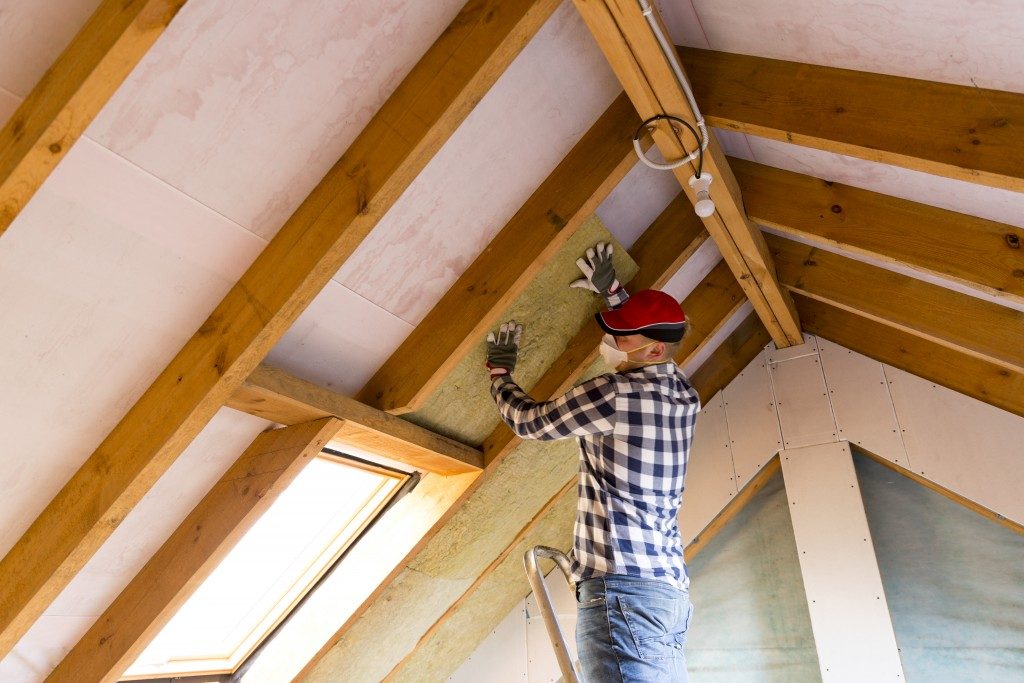Summer is just a few months away, and the December heat is not something to look forward to. Heatwaves can turn your house into a veritable oven, but proper insulation can prevent that.
Conduction, Convection, and Radiation
Heat is transferred through conduction, convection, and radiation. Conduction is heat flowing through certain materials, like how the sun heats your roof, and in turn, your roof heats your house. Convection is the transfer of heat among liquids and gases; it occurs as fresh air escapes your home, and warm air comes in. Radiation is heat from a heat source that travels in a straight line and heating everything in its path to a certain degree. Sunlight entering through open or glass windows and heating the house is a clear example of radiation. Insulation can minimize all three forms of heat transfer, keeping your home cool, regardless of the raging heat outside.
Roofs and Walls

The heat from the sun hits your roof the hardest. Your roof is continuously bombarded by heat from the sun, and that heat will gradually enter your house. Insulated roofing systems are one of the best ways to prevent heat transfer. These systems can incorporate both insulation and ventilation; insulation keeps the heat out, while vents expel accumulated heat outside your house. Insulated walls will also prevent heat transfer, but they will require extensive retrofits to an existing home. A better option is to seal the points of entries into your house and minimize the flow of air. An insulated roof and tightly-sealed walls will increase the efficiency of your air conditioning unit or HVAC system. Your home will be less vulnerable to drastic temperature changes, and your family won’t be at risk from heatwaves. Insulation will also cut your power bills by as much as 30 percent, especially during the long hot summer days.
Glass Windows
A glass window without blinds or curtains and exposed to the sun will turn your house into a greenhouse. Sunlight enters your home through these windows, heating it from the inside while the glass prevents hot air from escaping. While light-colored blinds and curtains can somewhat reflect sunlight, a better option is reflective glass with additional ultraviolet (UV) protection. You can opt to replace your windows with insulated glass-like double-glazed windows or Low-E glass, but these will involve minor retrofits or renovations that can be a bit expensive. You can also have your windows treated with reflective and UV filtering film or solar film. Keeping sunlight out not only protects you from the heat; it also protects you from skin cancer. Australia has the highest rate of skin cancer in the world, and harmful UV rays from the sun are the primary culprits.
In the end, remember that you can keep Australia’s punishing heatwaves out of your home and away from your family. Insulating your house can cost a bit of money, but it will lower your electric bills and keep your family safe and comfortable during the hot summer days.

